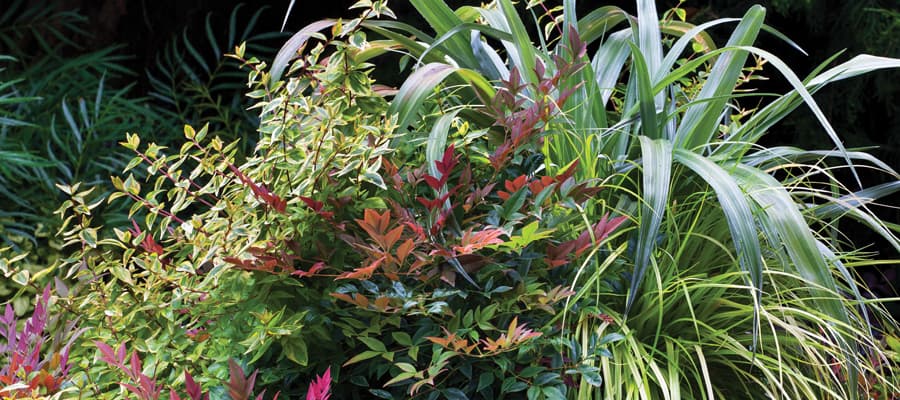
This article is courtesy of Sunset Magazine.
Follow these guidelines to create the most water-efficient garden possible.
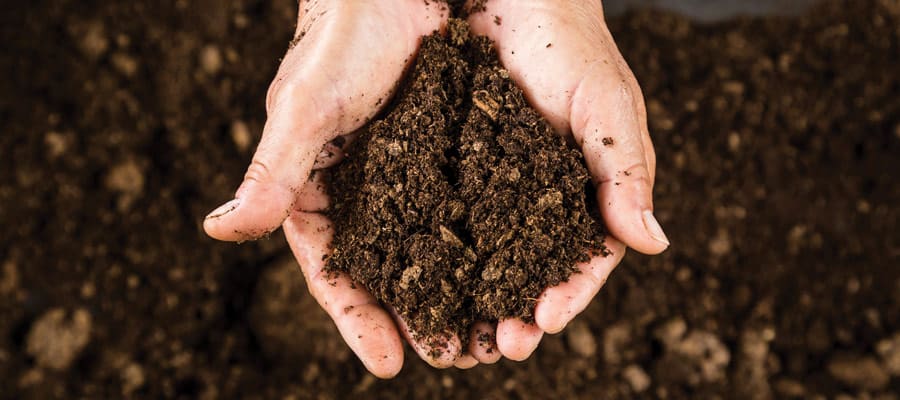
1. Consider the Soil: Most landscape plants establish faster when planted in native soils without the addition of amendments. If your soil is sandy or rocky, you may need to add compost. Annuals, thirstier perennials, lawns, and vegetables benefit from the addition of compost.
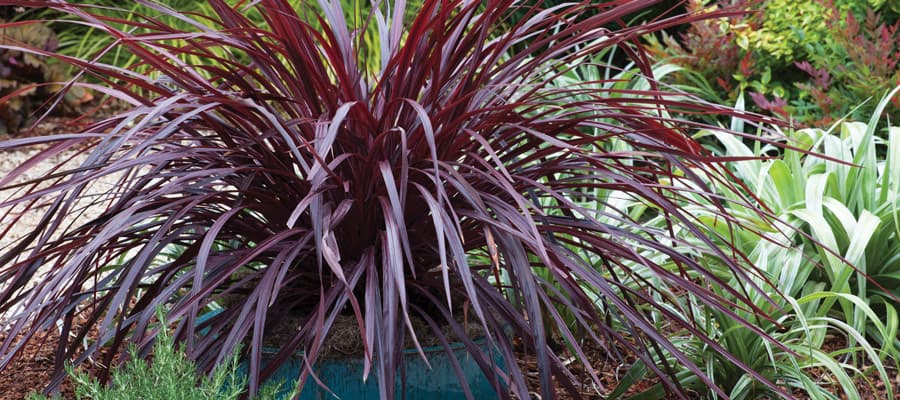
2. Choose the Right Plants: Consider natives or introductions from other Mediterranean climates that have similar rainfall and soil conditions. Check out the water-wise plants offered in the Sunset Western Garden Collection.
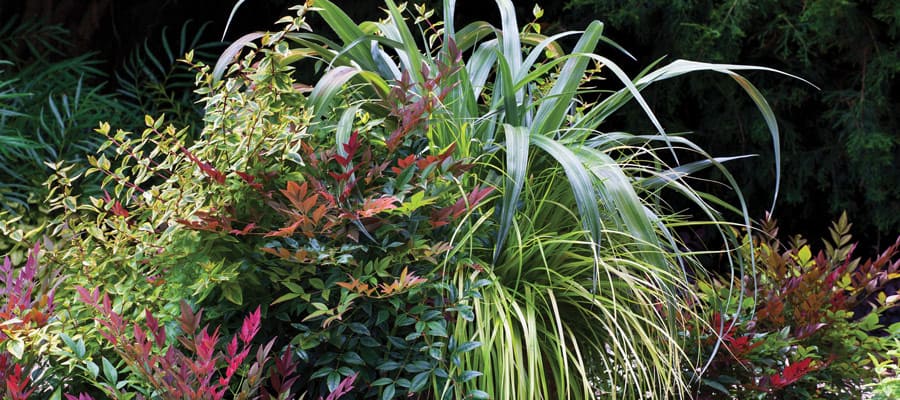
3. Group Plants: Site plants with similar water, soil, and light needs together (in areas often referred to as “zones”). Place the most colorful (often the thirstiest) groupings near outdoor living areas. Use drip irrigation or low-flow spray heads to deliver water directly to the root zone without the overspray or runoff typical of conventional sprinklers.
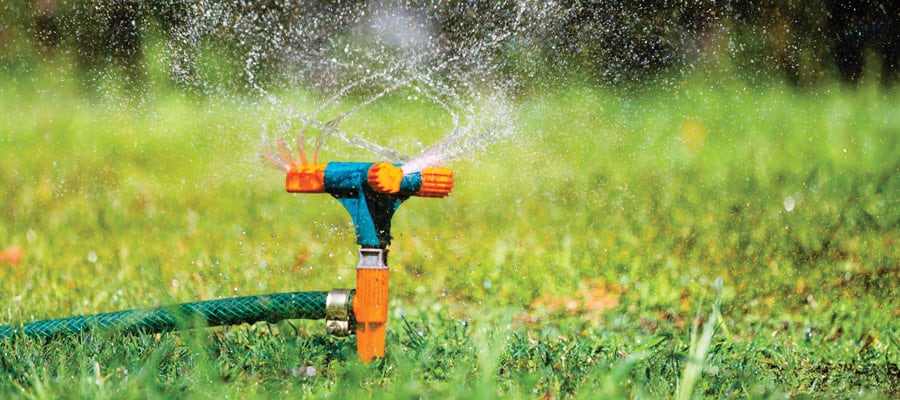
4. Irrigate Efficiently: Irrigate established plants thoroughly but infrequently to encourage roots to grow downward; they will be buffered from the wet-dry cycle typical of the upper soil area and may even tap into groundwater.
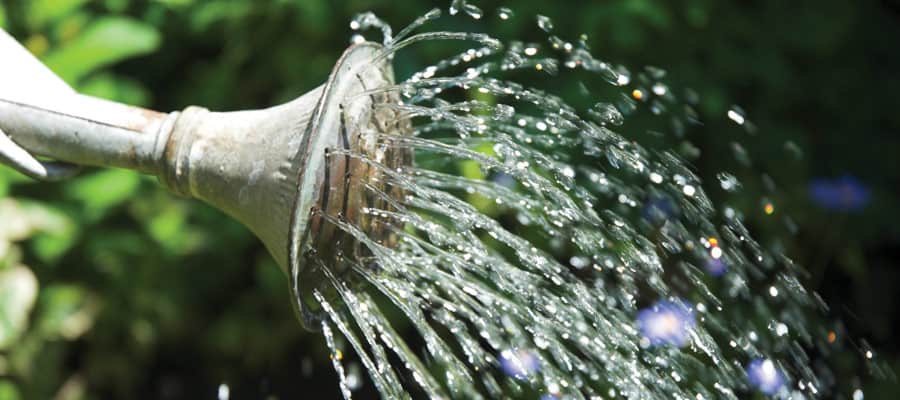
5. Water Deeply.
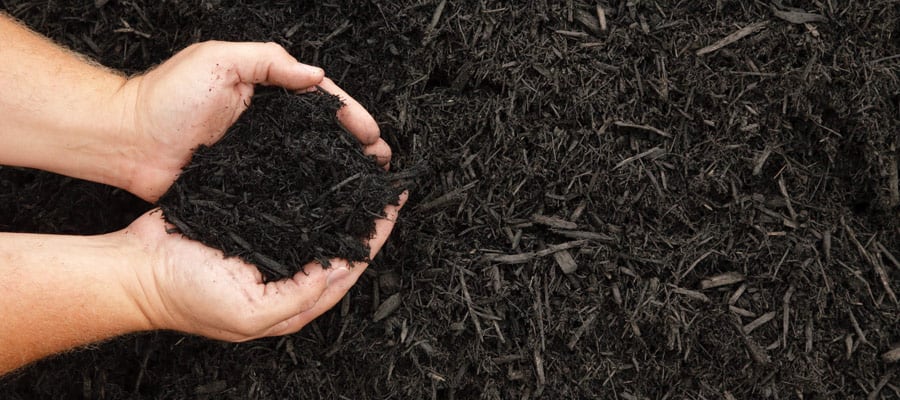
6. Mulch: Cover bare ground with a 3-inch layer of mulch to help conserve soil moisture, suppress weeds, and keep the soil cooler; renew annually. Organic types, such as bark mulch, improve soil structure and encourage beneficial microbes.
